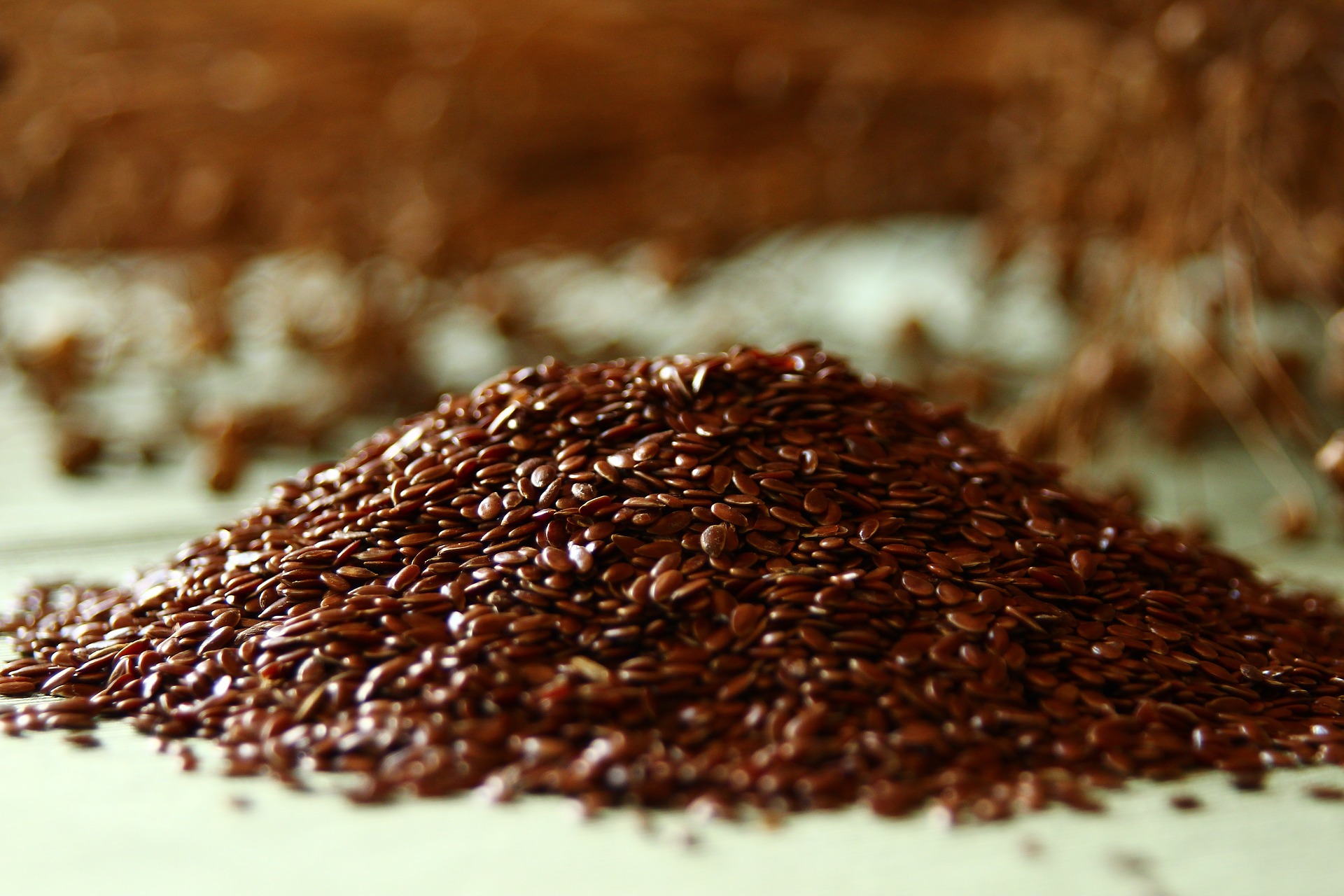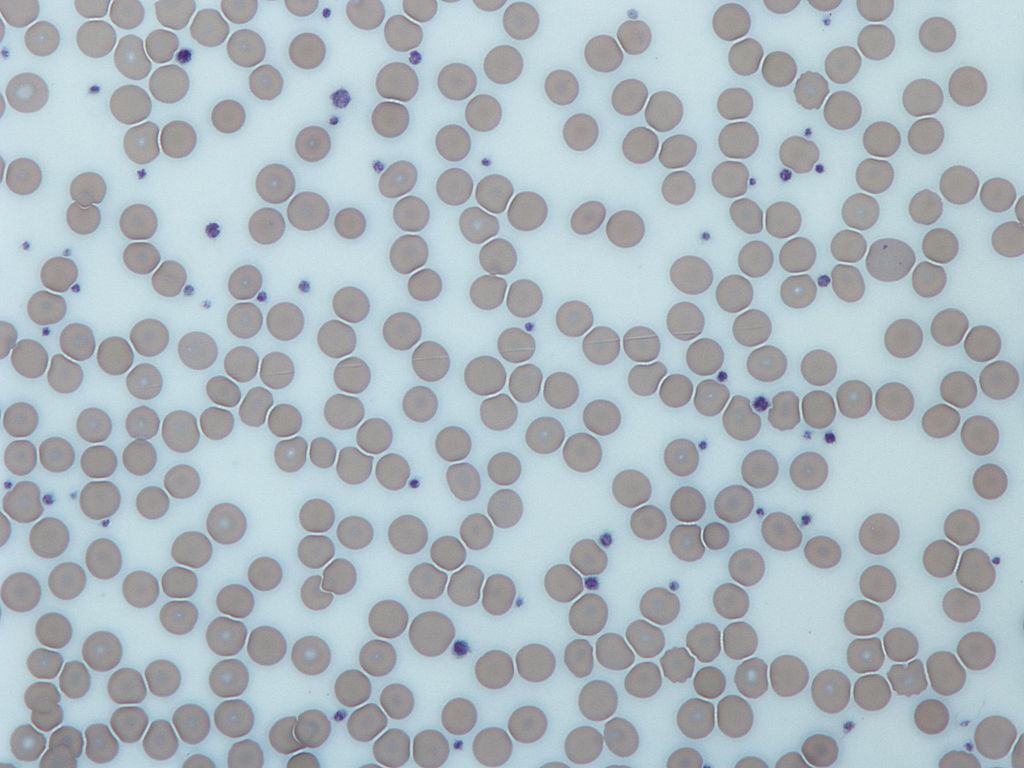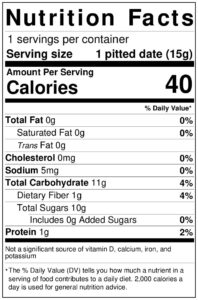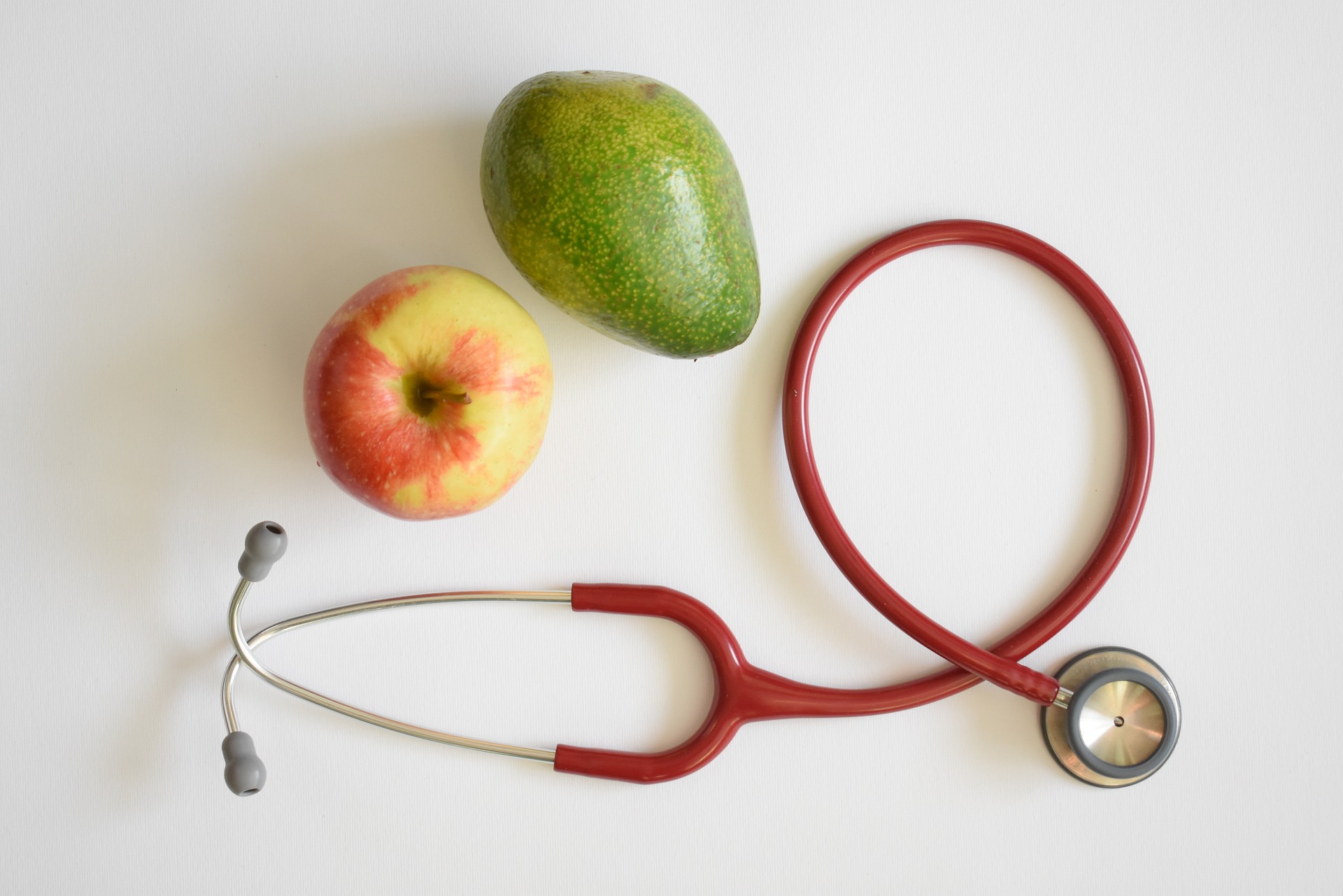How to reduce high blood pressure naturally at home
If I asked you what health benefits do flaxseeds provide, what would you say?
Some of you may say flaxseeds are a good source of fiber which has numerous benefits of itself such as promoting bowel health, lowering cholesterol levels and helping stay fuller. True! Some of you may say flaxseeds are a good source of omega 3 fatty acids which can be beneficial in reducing inflammation. Yes, correct. Still others may says that flaxseeds provide potential anti-cancer benefits for breast and prostate cancers. But, you may be surprised to know that flaxseeds have also been shown to help reduce blood pressure. What?? Yes, it is true. In a randomized, double-blinded, clinical trial, participants with peripheral artery disease ate 30 grams of grounded flaxseeds for 6 months. At the end of the trial, the flaxseed group reduced their systolic blood pressure by 10 mm Hg and diastolic blood pressure by 7 mm Hg compared to the placebo group. It should be noted that many patients in both the treatment group and the placebo group were on many different classes of blood pressure lowering drugs such as diuretics, beta blockers, ACE inhibitors, ARB blockers and calcium channel blockers. Because positive blood pressure reduction was seen in the presence of conventional blood pressure lowering medications, the authors stated that flaxseed represents an effective combination of non-drug therapy with drug therapy.
How does flaxseed contribute to lowering blood pressure?
The authors believe that several compounds in flaxseed are at play.
a. First, since inflammation is thought to contribute to increasing blood pressure, the ALA (a type of omega 3 in flaxseed) has an anti-inflammatory effect that can help to lower blood pressure.
b. Second, it is believed that oxidative stress can contribute to increases in blood pressure. The lignans in flaxseed are thought to help lower blood pressure through its anti-oxidant effect.
c. Third, a metabolite derived from polyunsatured fats called oxylipins can increase vascular tone and thus possibly contribute to an increase in blood pressure. It turns out that eating grounded flaxseeds lowers these oxylipins and thus helps to lower blood pressure.
If you suffer from high blood pressure issues, consider adding delicious grounded flaxseeds to your diet. However, please consult with your medical doctor before doing so.








